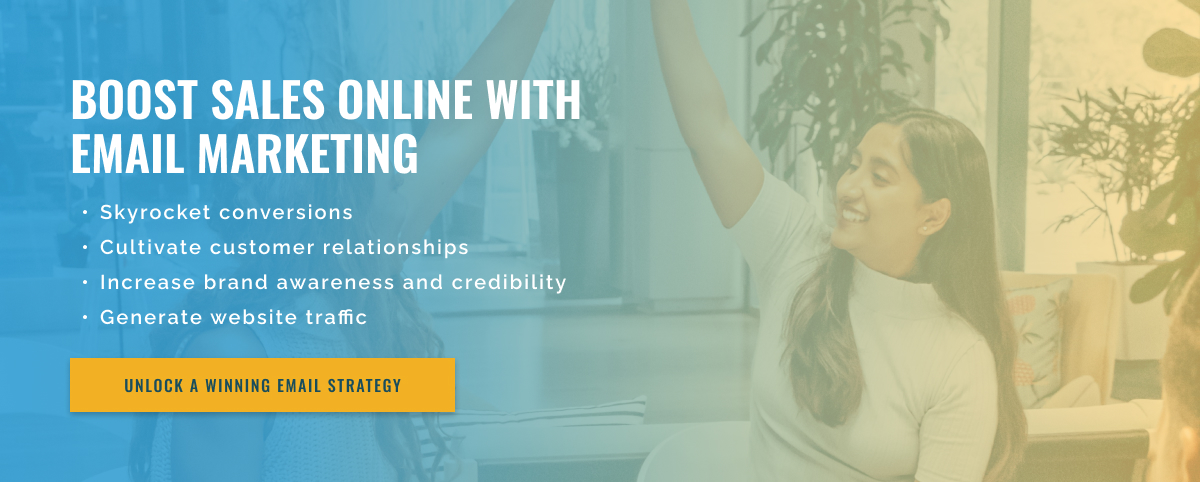3.5 minute read
Email Campaign Success: Business Tips for Segmentation
In today’s digital age, email marketing has become an essential tool for businesses to connect with their target audience and increase brand awareness. Given the sheer volume of emails sent and received every day, it’s important for businesses to stand out from the crowd and deliver tailored, personalized content to subscribers. This is where email list segmentation comes into play.
Email list segmentation refers to the process of categorizing subscribers based on specific criteria such as demographics, behavior, and preferences. By dividing their email list into smaller, more targeted groups, companies can send personalized emails that meet the specific needs and interests of each segment. This not only leads to higher engagement rates, but also helps build stronger and more meaningful relationships with your subscribers.
How can companies effectively segment their email lists to deliver more targeted and personalized campaigns to subscribers? Here are some key points to consider.
Start with data: The first step is to collect relevant data about your subscribers. This may include their age, gender, location, purchase history, and preferences. This data may be collected through registration forms, surveys, and tracking user behavior on your website.
Segment by Demographics: The easiest way to segment your email list is to segment by demographics. This includes age, gender, location, and income. This information can help companies understand their target audience and create specific campaigns that fit each segment.
Behavior-based segmentation: Another effective way to segment your email list is to track subscriber behavior. These may include actions such as opening and clicking on emails, viewing specific products, or abandoning a shopping cart. This information can help companies send targeted emails, such as cart abandonment emails or personalized product recommendations.
Personalization: Once you have segmented your email list, it is extremely important to personalize your email campaigns. This may include using the subscriber’s name, targeting the subscriber’s specific interests or needs, and tailoring the content and appearance to the subscriber’s preferences.
Automation: Using automation tools, companies can create automated email campaigns that are triggered by specific actions or events, such as a subscriber’s birthday or purchase. This enables timely and relevant communication with subscribers, increasing the likelihood of engagement and conversion.
In short, segmenting your email list and delivering personalized campaigns is the key to effective email marketing. It enables businesses to deliver relevant and meaningful content to subscribers, which can lead to higher engagement and conversions. By leveraging data, demographics, behavior, personalization, and automation, companies can effectively segment and deliver their email lists.

